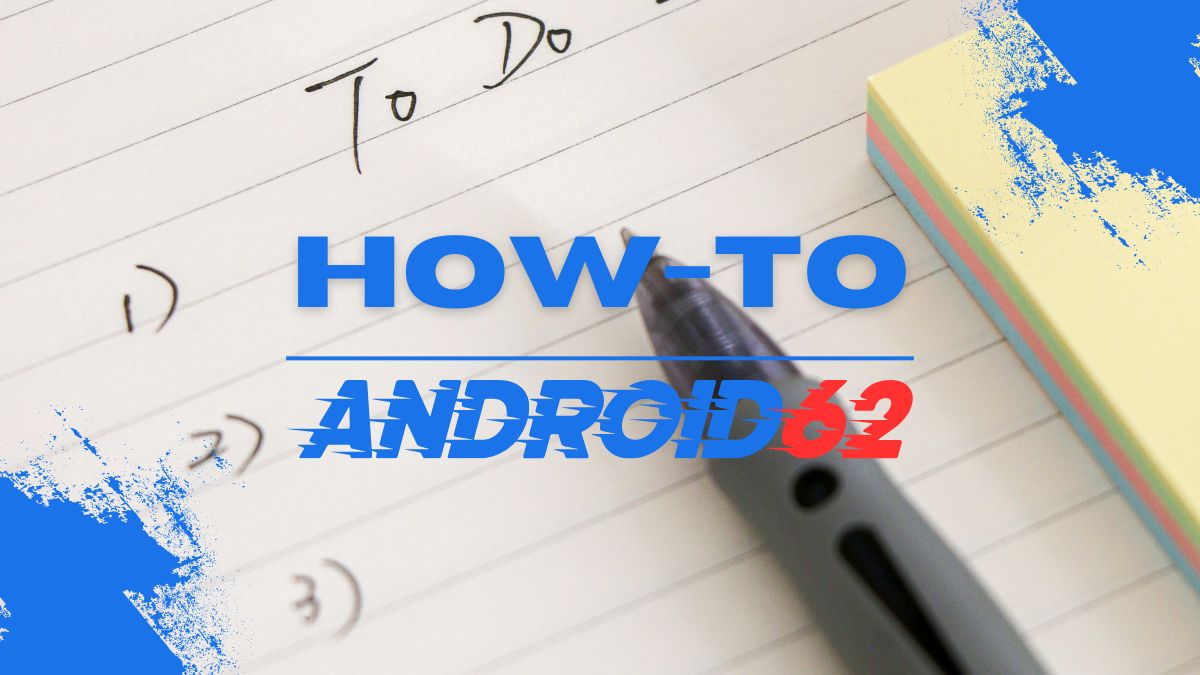
Introduction to Manga Panels
Manga is a popular form of Japanese comic books and graphic novels that are read from right to left, unlike traditional Western comics. What sets manga apart is its unique art style and storytelling techniques, with the use of panels playing a crucial role in conveying the narrative. Learning how to read manga panels effectively is essential for fully enjoying and understanding the story being told.
Understanding Panel Layout
Manga panels are arranged in a specific layout that guides the reader’s eye through the story. Here are some key aspects to understand about panel layout:
- Page Orientation: Manga pages are read from right to left in a consistent top-to-bottom sequence.
- Gutters: Gutters are the empty spaces between panels that help separate them and indicate a change in time, location, or perspective.
- Panel Size and Shape: Panels can vary in size and shape to convey different moods or emphasize important moments in the story.
- Panel Borders: The style of panel borders can also influence the pacing and visual impact of the story.
Guidelines for Reading Manga Panels
Reading manga panels requires a different approach than reading traditional Western comics. Here are some guidelines to help you navigate through manga panels effectively:
- Start from the Right: Remember to start reading from the right side of the page and progress to the left. This may take some getting used to if you are not familiar with this reading direction.
- Follow the Flow: Pay attention to the direction in which characters are looking or moving within the panels to understand the flow of the story.
- Read Dialogue Carefully: Dialogue bubbles in manga may not always follow a strict left-to-right order, so be mindful of the sequence in which characters speak.
- Look at Visual Cues: Visual cues such as motion lines, sound effects, and facial expressions can provide additional context and enhance your understanding of the story.
Interpreting Panel Composition
The composition of manga panels is carefully crafted to convey emotions, convey action, and create visual impact. Here are some key elements to consider when interpreting panel composition:
- Close-Ups and Wide Shots: Close-up shots focus on characters’ expressions or important details, while wide shots provide a broader view of the scene.
- Sequential Art: Pay attention to how panels are arranged in sequence to create a sense of movement and progression in the story.
- Panel Transitions: Transitions between panels can vary from simple cuts to more complex techniques like fades and cross dissolves to indicate a change in time or perspective.
- Emotional Impact: The composition of panels can evoke different emotions in the reader, from suspense and excitement to calm and melancholy.
Practicing Panel Analysis
Improving your manga panel reading skills takes practice and a keen eye for detail. Here are some tips for practicing panel analysis:
- Study Different Artists: Expose yourself to a variety of manga artists and styles to understand how panel composition can vary and impact storytelling.
- Take Notes: Jot down your observations about panel layouts, transitions, and composition while reading manga to enhance your analytical skills.
- Discuss with Others: Engage in discussions with fellow manga enthusiasts to gain different perspectives on how manga panels are interpreted.
- Experiment with Your Own Art: Create your own manga panels to practice applying different composition techniques and storytelling methods.
Conclusion
Reading manga panels is a unique and rewarding experience that requires an understanding of panel layout, composition, and storytelling techniques. By following the guidelines and tips outlined in this article, you can enhance your ability to interpret and appreciate manga panels. Remember to take your time, immerse yourself in the story, and enjoy the visual storytelling that manga has to offer.




